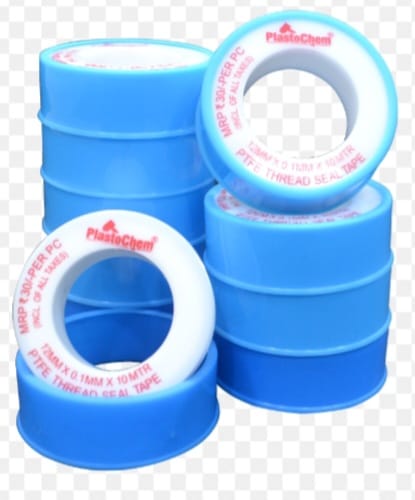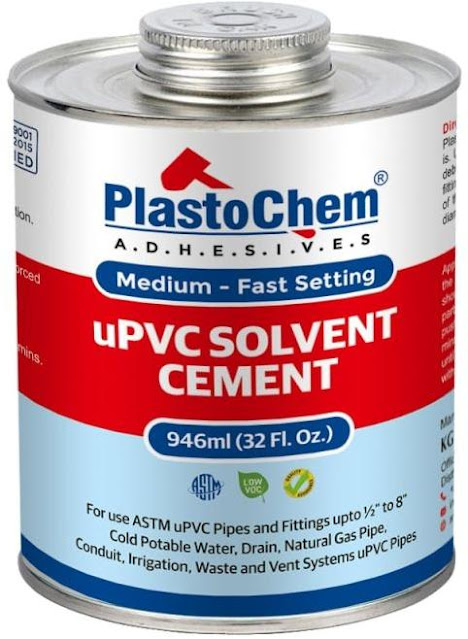Do You Know How to Use PTFE Tape Correctly?

🧠 Quiz: Do You Know How to Use PTFE Tape Correctly? Test your knowledge and learn the right way to use PTFE (Teflon) tape for leak-proof plumbing joints. Q1: What is PTFE Tape commonly used for in plumbing? A) Insulating electrical wires B) Preventing leaks on threaded pipe joints C) Sealing flat pipe ends D) Fixing cracked tiles ✅ Correct Answer: B PTFE (Polytetrafluoroethylene) tape, also known as Plumber's Tape, is used to seal threaded pipe joints and prevent leaks. Q2: What direction should PTFE tape be wrapped on pipe threads? A) Clockwise B) Anti-clockwise C) Diagonal D) It doesn’t matter ✅ Correct Answer: A PTFE tape should be wrapped clockwise —the same direction most nuts and fittings are tightened. Wrapping it the wrong way can cause the tape to unravel during installation. Q3: How many times should you wrap PTFE tape around the thread? A) Once B) Twice C) 3 to 4 times D) 10 times ✅ Correct Answer: C Wrapping it three to four times provides ...




